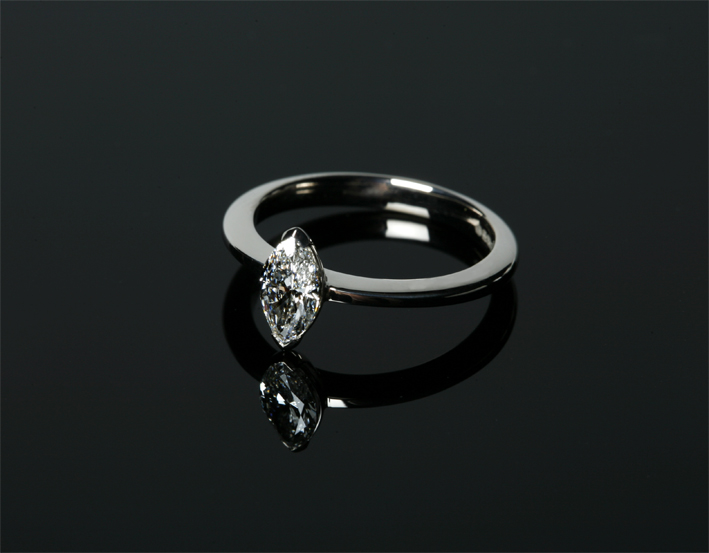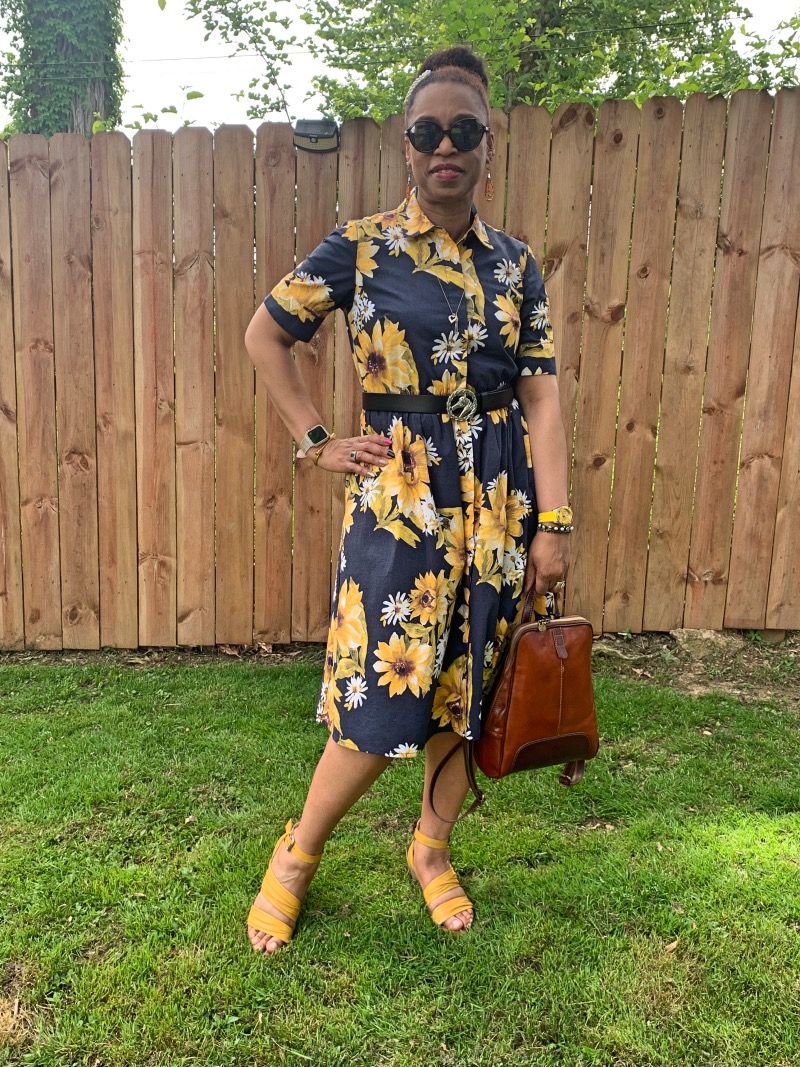What Are The Four Cs By Which Diamonds Are Judged?
Diamond merchants and jewellers judge diamonds by four criteria: carat; colour; clarity; and cut. These are known as the Four Cs, and anyone wishing to buy diamonds to be mounted in jewellery should be aware of these.

Image by Campbell Muir via Flickr
Carat: The Weight Of The Diamond
Carats are the unit of weight used for diamonds. The word derives from carob, going back to times when old fashioned scales were used, carob seeds were a uniform weight and this became how diamonds were weighed. One carat is divided into one hundred points, so a diamond merchant could call a .50 carat diamond “a fifty pointer” or “a half carat”. The letters TW after a weight in carats means Total Weight, which is the combined weight of the smaller diamonds surrounding a central stone. There is a magic about a carat. A diamond of just over one carat will cost a lot more than a diamond of, say, .94 carats. To the untrained eye there will appear no significant difference in size, but the buyer pays for that whole number magic. There is nothing wrong with smaller stones; they just don’t have the cachet of the full carat.
Colour: The Lustre Of The Diamond
Diamonds are a naturally occurring stone and very few are totally colourless. The GIA grades diamonds on a scale ranging from virtually colourless to noticeably yellow. Traditionally, the whiter (or less coloured) a diamond is, the higher its price. Coloured diamonds suit some tastes, and currently blue, champagne, cognac, and yellow diamonds are sought after. Pink Argyle diamonds are also highly prized for bridal sets. When judging diamonds for colour, ask to see a Master Set of CZs, stones typifying the colour range, and compare the diamonds you are perusing with them.
Clarity: The Brilliance Of The Diamond
Diamonds contain flaws to some degree. Flaws in the stone are termed inclusions; flaws on the stone’s surface are blemishes. Costlier diamonds have fewer inclusions or inclusions so small as to be invisible to the naked eye. Inclusions can cause parts of the diamond to appear cloudy or milky. There is a GIA scale for clarity, have one to hand, and a magnifying glass when inspecting diamonds. Reputable jewellers should offer you these, so, if you are looking for diamonds in Canada, purchase from trusted diamond merchants in Toronto.
Cut: The Magic That Releases The Diamond’s Lustre And Brilliance
The art of the diamond cutter is to take a stone and work facets and planes into it to allow its colour to stand out, and its naturally light refracting properties to be released with the brilliance jewellers call fire. The most frequently seen cut for diamonds is the round brilliant. There are a number of other cuts, called fancy cuts. Among these, there are styles to suit a wide range of tastes. Lovers of Art Deco will be drawn to Emerald or Asscher cuts. Romantics may find the Heart shaped brilliant cut speaks best for them. Pear shaped diamonds have become popular with celebs and are often seen worn on red carpets. Princess, Oval, and Marquise cut diamonds are known or their fire and brilliance. When you are looking to buy diamonds, shape, and cut are the factors which will be most immediately apparent to you.
Whenever you plan on buying diamond jewellery or loose diamonds, make sure to remember the points we’ve discussed.




Follow!